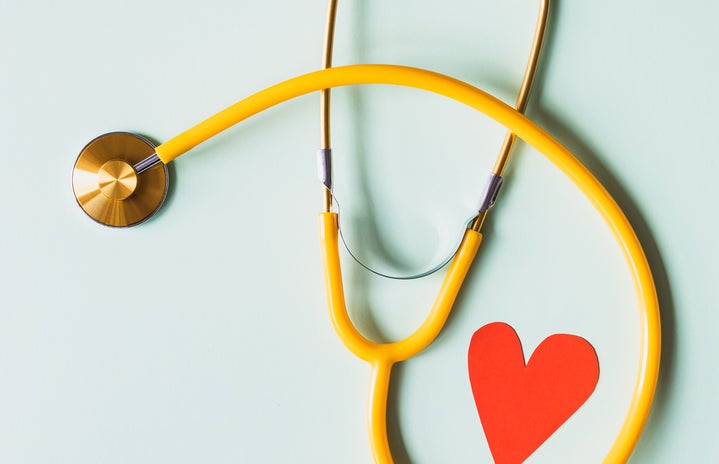Women’s History Month is a time to celebrate ourselves, learn more about women’s history and–ladies–it’s about taking extra good care of yourself. Self-care is very important, and while you should be staying hydrated, putting on facemasks and taking days off, it’s also important to really check in with your physical health. Our bodies are quite different from men’s and it’s not always easy to notice when something’s off. In addition to unique health issues we may have, symptoms of the same illness can present differently between men and women. Knowing yourself and your body is one of the best things you can do. So here are some facts about women’s health you may not know and some ways to stay healthy.
- Women are more likely to die from a heart attack than men
This is due to the fact that heart attack symptoms for women are different from symptoms for men. While chest pain can occur in women having heart attacks, it isn’t always a symptom. Other symptoms include cold sweats, nausea, tightness in the chest, shortness of breath and lightheadedness. Heart attacks are so deadly in women because they are often confused with indigestion or aging.
While this issue might not affect you now, it’s still important to maintain a healthy lifestyle that includes a balanced diet, reduced stress and frequent exercise in order to prevent heart disease in the future. It’s also good to know the symptoms for yourself and women you may know who are at risk.
- Women are twice as likely to experience depression than men.
Young girls are usually more likely to go through puberty before boys do. With this stage in their life comes many new hormones that affect mood and self-image. Because of this, girls are more likely to develop depression earlier and this gap continues on in adulthood. Other health factors that may cause women to have depression are premenstrual symptoms including Premenstrual Dysphoric Disorder, which is a type of depression. Pregnancy is another huge factor that causes major hormonal changes and leaves about 10-15% of women with postpartum depression. Aside from these physical changes, many women face social issues at a much higher rate than men like sexual abuse, unequal treatment and stress that contribute to the chances of developing depression.
Therapy is a very good option for those who have access to it and it’s also important to have a solid support system. Take care of your mental health and seek help if you need it.
- 1 in 8 women will get breast cancer in their life.
Breast cancer is more common among older women, but 9% of breast cancer cases have been found in women under 45. In younger women, breast cancer is more likely hereditary, however it is usually more aggressive. You might be more at risk for breast cancer if you have close relatives(male or female) with breast cancer under the age of 45, if you “have Ashkenazi Jewish heritage”, or if you have had a mammogram and were told you have “dense breasts”.
Some symptoms include :
- A new lump around your breast or armpit
- Thickening or swelling of the breast
- Pain around the nipple area, or anywhere around your breast.
- Breast change in size or shape
- Discharge of the nipple that isn’t breastmilk
It’s important to check yourself from time to time and though these symptoms don’t automatically mean breast cancer, if something seems off to you don’t be afraid to speak to your doctor. Some ways to reduce risk of breast cancer include exercising regularly and reducing alcohol consumption.
- 29.9% of women aged 15 to 49 suffered from anemia in 2019.
Anemia is a condition in which your body does not have enough hemoglobin and not enough healthy red blood cells. Anemia, specifically iron-deficiency anemia, is very common among women. This is largely because of major blood loss during menstruation. The risk is also higher for women with especially long and/or heavy periods. Not eating enough iron-rich foods can also lead to anemia because iron-deficiency anemia occurs when you don’t have enough iron in your body. Symptoms of this type of anemia include fatigue, weakness, dizziness, headaches and rapid or irregular heartbeat.
You can take steps to help prevent this type of anemia by eating iron-rich foods, reducing how much coffee you drink with meals and eating foods high in vitamin C like oranges or strawberries because vitamin C helps your body absorb iron. If you’re worried you might have iron deficiency anemia, talk to your doctor to discuss possible treatment.
While some of these topics might be sad or taboo, it’s still important to talk about these things and spread awareness. Put your health first and remember to go to the doctor regularly if you can.
Know any more health facts? Share with us and tag @HerCampusSJSU

